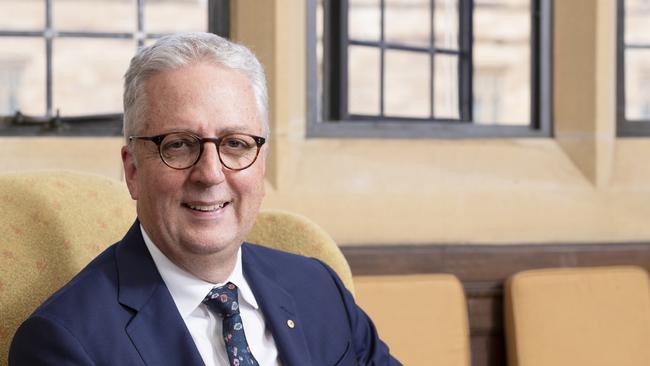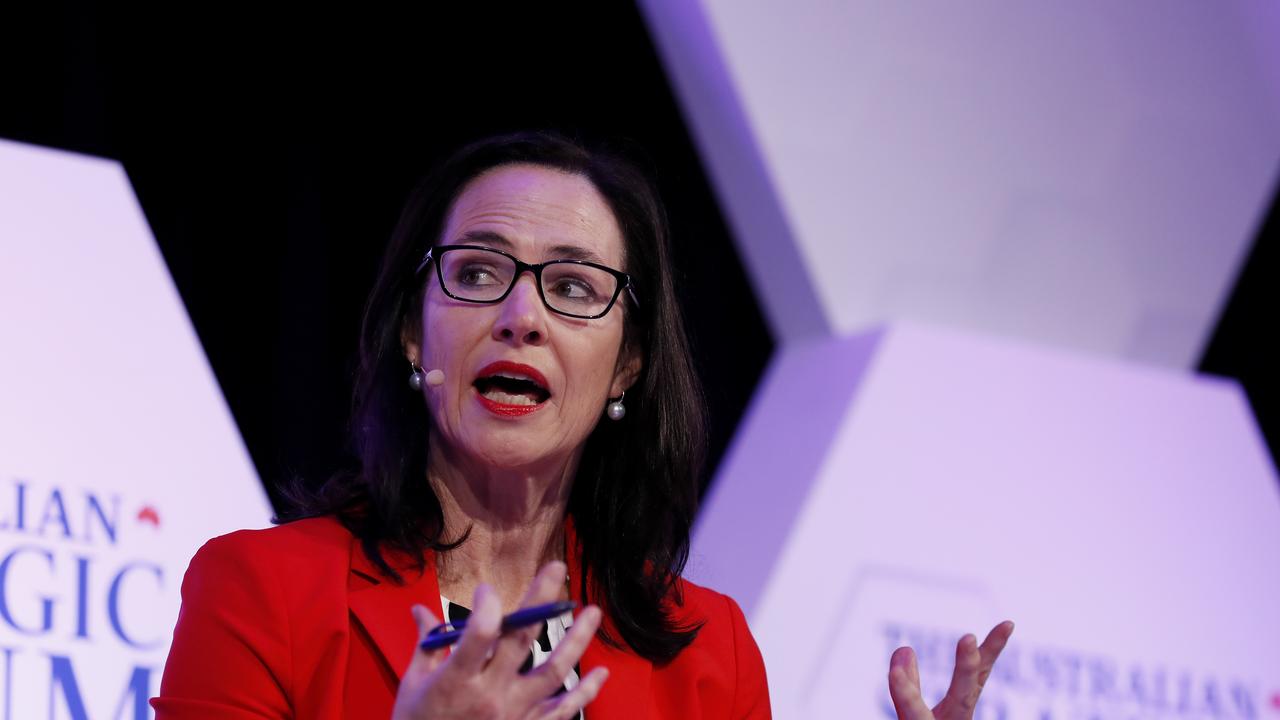Universities can help the National Reconstruction Fund achieve its ambition

What had started as an inspired idea to synthesise human elastic protein in the laboratory of Professor Tony Weiss hit the global stage as a breakthrough solution for the rapid repair of human tissue. From a $35 million start-up in 2018 to one-third of a billion dollars in a decade.
For Professor Weiss it meant a Prime Minister’s Prize in Innovation and continued funding for his outstanding research. For thousands of patients around the world it meant a potential lifeline for tissue and skin repair.
Among our many strengths, universities are in the solutions business – and one of our main advantages lies in our horizons. We have the freedom to think big, uniquely positioning us in the research value-chain. This means we can spot talent early and identify emerging trends across the board, whether that be in quantum tech or agriculture, solar energy or medical science.
But the risk can often be that Australia doesn’t reap the benefits of this talent. That we incubate the ideas and the skills which then often flee overseas seeking more funding on a bigger and more established manufacturing stage.
This is why the federal government’s proposed $15 billion National Reconstruction Fund (NRF) – legislation that is up for debate in parliament this week – has the potential to be a game-changer, if we can execute its ambition.
The NRF aims to establish a practical pipeline to help turn great Australian know-how into great Australian companies, ensuring that the Australian community benefits from our collective ambition to reshape our manufacturing sector for the coming century.
It will operate at arm’s length from the government, providing finance to drive key investments and deliver a positive rate of return. Importantly, it will be governed by a board that will make independent investment decisions.
Australia is renowned for visionary science, whether that be the cochlear implant, the cervical cancer vaccine, the ultrasound scanner or human elastin protein. In the university sector, we share the government’s vision to ensure the fundamentals for those ideas continue to flourish. And we believe the NRF can be a powerful catalyst to reshape Australian manufacturing and provide valuable future employment opportunities for those still in their early years of schooling.
Achieving that vision will need collaboration across sectors. Much of the breakthrough work occurs on the fringes of established knowledge, through cross-pollination and multidisciplinary thinking. These are areas where the higher education sector has deep experience.
Combined with the early identification of talent and the nurturing of emerging science Universities’ experience in deep collaboration will be needed to ensure the NRF can deliver results in building an advanced tech manufacturing sector.
The higher education sector has a particular role to play.
Unlike many other tech-rich countries, Australian universities play an outsized role in research and development. In 2019, Australian universities contributed $12.7 billion in R&D expenditure, more than a third of all R&D in Australia. At the University of Sydney alone, we have created 36 start-up companies based on staff IP since 2014. And after five years, more than 85 per cent of our start-ups are still in business.
There is always room for Australia to invest more in R&D as a per cent of our GDP, and the NRF can provide a vehicle for industry to work closely with universities to further galvanise the pipeline.
By contrast, in the US in 2019, higher education contributed 11.5 per cent of R&D. Australia can also learn its lessons from high-tech powerhouses Israel and South Korea where the contribution to R&D from higher education was just 8 per cent in both countries.
And with more than 200 collaborative research industry partners, over 800 student placement partners and over 5000 entrepreneurs supported through our network we bring an important ecosystem to the table.
But while universities generate IP for start-up companies, spin-outs and licensing by established firms, they are often absent from the downstream design and manufacturing processes that would accelerate local commercialisation.
As one of the objectives of the NRF is to help boost the commercialisation of technology, Universities Australia has recommended there be an academic representative on the NRF reference group and we agree, but more is needed.
We are lucky in Australia to have a strong tertiary sector with many researchers and leaders dedicated to solving the great global challenges we are facing. We think that having an academic voice on the NRF corporation board is an opportunity for universities to help improve commercial outcomes from Australian university research. In our view, more formal engagement could help make both the NRF and the university ecosystem more productive.
Australia’s universities are alive to the prospect of a transformation in manufacturing. We are well placed to engage with an industrial sector that is energised through the possibilities provided by the National Reconstruction Fund.
If we want to transition as an economy that overwhelming relies on our resources to one that flourishes because of our ideas, universities need to be able to contribute our expertise and help ensure an accelerated transition to local commercialisation through the whole R&D cycle.
That is how the triumph of Elastagen can be replicated and, vitally, kept on our shores – not only ensuring Australian prosperity but, importantly, helping young Australians enter long and meaningful careers in secure, high-value jobs right here in Australia.
Mark Scott is vice-chancellor of the University of Sydney.



It was one of the largest business transactions ever completed in the Australian biotechnology industry. Australian company Elastagen was sold for $334 million just 10 years after the company was spun out of the University of Sydney.